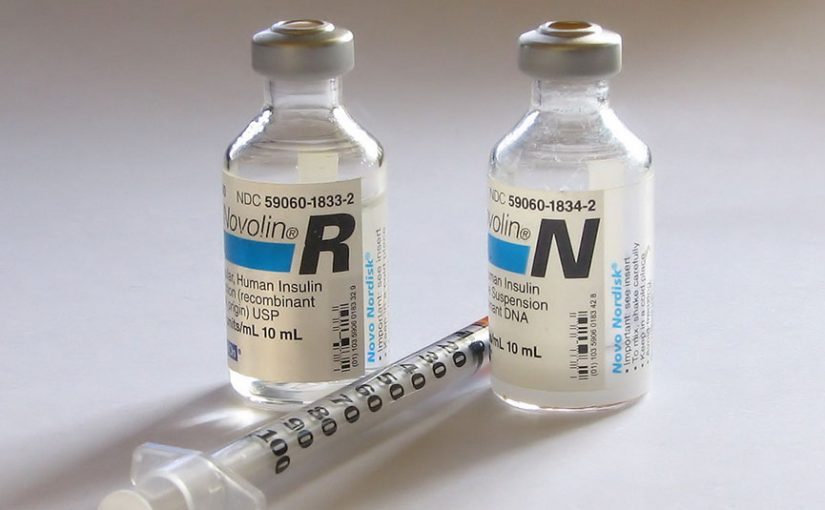What Is Insulin Therapy?

A drug prescription can come with a lot of questions. With our “Know Your Drugs” series, we provide you with a snapshot of the different diabetes drugs on the market, and links to additional information.
Insulin therapy has long been an important treatment for those with Type 1 diabetes. More recently, insulin therapy is being prescribed for some with Type 2 diabetes.
Insulin is a hormone that is naturally created by the pancreas. It’s needed to break down carbohydrates into glucose for the body to use for energy. A person with Type 1 diabetes has a pancreas that produces little to no insulin; they need insulin treatment to keep their blood sugar levels from climbing to deadly unhealthy levels.
Many with Type 2 diabetes are able to produce insulin, but their bodies don’t produce enough of it or have become resistant to its absorption. Usually, drug therapy for Type 2 diabetes is focused on helping a body produce more insulin or on making the body more sensitive to the insulin produced. Insulin therapy would be initiated if a stressed pancreas is not be able to keep up with glucose demands. It also sometimes is given to people with prediabetes and Type 2 diabetes in the hospital.
Before 1922, there was no other way to treat Type 1 diabetes than what was characterized as starvation therapy; the condition was always fatal. Toronto researcher Dr. Frederick Banting, working with Dr. Frederick Best, discovered how to use animal insulin as a replacement hormone for people with diabetes. On January 11, 1922, Banting gave the first insulin treatment injection to a 14-year-old boy, saving his life.
Insulin treatment has come a long way since that time. Most people now use synthesized insulin, not animal insulin, and this shift has cut down on allergic reactions while improving drug performance. There are now also both long-acting and short-acting insulins, and drug companies fiercely compete to make insulin formulations that perform better than those currently on the market.
When it comes to insulin treatment, everyone’s needs are different. Some people may only need 1 or 2 injections a day while others may need several. Even for individuals on insulin therapy, insulin needs will vary depending on a number of daily physiological factors, including activity level, illness or stress, and digestive health.
Insulin therapy is a lifesaver for people who need it, but it does have one significant side effect: hypoglycemia. Calculating the amount of insulin needed at any given moment can involve some guesswork. If a person on insulin therapy has too much insulin in the bloodstream, it can lead to hypoglycemia, or dangerously low blood sugar levels. Symptoms of hypoglycemia include shakiness, weakness, irritability, heart palpitations, and impaired cognition. If treatment is not administered to bring blood sugar levels back up, hypoglycemia can sometimes lead to coma or death.
Insulin therapy often must be prescribed, but insulin is available over the counter without a prescription in some states. Only a few brands of older, poorer-performing insulin brands are available over the counter, however.
The common way to administer insulin therapy is through injections, whether with a syringe or an insulin pen. The most common injection sites are the abdomen, back of the arms, thighs, hips, or buttocks.
More people are choosing insulin pump therapy over injections alone. This avoids some injections, and provides a steady stream of insulin delivery. Pump therapy can be expensive, however, and pump users must still watch for mechanical failure or user error.
One of the newest forms of insulin treatment is inhalable insulin. The insulin is delivered through an inhaler, and is absorbed into the body through the lungs. Afrezza currently is the only available inhalable insulin on the market.
Whereas people diagnosed with Type 1 diabetes must quickly begin insulin therapy, usually people with Type 2 diabetes can ease into insulin therapy. Because of the threat of hypoglycemia, the decision to initiate insulin therapy is not one to be taken lightly. People with Type 2 diabetes who are prescribed insulin therapy must be fully educated about injection technique, blood sugar monitoring, and treatment steps to take in case of hypoglycemia.
8/15/2016 – This article was edited with input from Samantha Markovitz, a diabetes educator.